Sonoran Videogame Society is an email newsletter dedicated to exploring and playing video games with readers like you. Some articles are free, some are for paid subscribers only. Don’t forget to sign up here:
If you’re not a paid subscriber, now’s the time. You have until August 31st to get 40% off, starting at $3/month. Paid subscribers get 3-4 additional posts a month, like the unedited Parish/Cornelius conversation, along with some other subscriber-only goodies, depending on the tier you choose. It’s a win-win: You get more content and the Society gets to continue playing games in the desert. We’re very grateful!
In a previous Substack article, I asked if the Game Boy was still worth playing 35 years after its original launch.
I recommend reading the full article, but this was my conclusion: “Is the Game Boy still worth playing today, 35 years later, in 2024? For most people, no. Not everything was better in the past. I hate mobile games, hate what they stand for, their predatory practices, yet even the worst among them still offer better experiences than the bulk of the Game Boy catalog. That said, if you’re an explorer, an adventurer, one who can look an ancient video game square in the eye and not flinch (or go blind), by all means, descend into the Game Boy library’s depths…”
We’re not going spelunking in the Game Boy library today, friends. Today, we’re looking at three launch games, one of which is iconic. The other two are often considered lesser, but is that correct? Perhaps the better question is, Do these games accomplish what they intend to, both in 1989 and today, or are they just relics, best left in the dusty halls of some forgotten retro gaming palace?
Let’s find out.
FUN INFO NUGGET: In 1995, Nintendo of America (via the Kansas City Star) proclaimed that 46% of Game Boy players were female, compared to 29% on the NES and 14% on the SNES. I’m curious to know how many Switch players are female today.
ALLEYWAY
Alleyway’s a zen experience. A block breaker game with no time limit. If you can keep the ball on the paddle, and keep hitting the blocks, you’re golden, move onto the next level. The ball doesn’t move that quickly, so it’s not terribly hard to keep hitting it, back and forth, back and forth.
Later level designs get tougher, granted, and there aren’t any power-ups to spice up the action a la Arkanoid, but it’s not nearly as teeth-grindingly difficult as Arkanoid, either. Plus, all the bonus stages have Mario character designs, so that’s a feather in Alleyway’s cap. I love fast-paced action games as much as the next testosterone-filled, shirt-ripping fool, but sometimes all you want to do is relax. Alleyway fills that void.
RANT TIME: Critics, both at the time of Alleyway’s release and in retrospectives, either flat-out hate the game or consider it mediocre. This confuses me. It’s a ball-and-paddle game that was never intended to be some sort of deep experience. These are handheld games, remember? Designed for short bursts, for the salarymen on the densha in Japan or the high-powered financier on the private jet.
And anyway, Alleyway’s as deep as throwing a ball against the wall. You can lose yourself in that activity for hours if you wish, like looking at a fire or meditating, an activity that seemingly produces nothing in the tangible, but is incredibly beneficial for one’s soul. Or it can be a momentary diversion between the daily grind, a way to release some pressure without having to think too hard. Finding Alleyway boring is like needing to be fully satisfied at every moment, of every day. No time for contemplation, for the simple joys of just checking the mail, doing the dishes, simple conversation with a loved one. No time for throwing a ball against a wall for no reason, if only for a few minutes. Sad, really.
THE GOOD NEWS: Alleyway’s available to play “for free” (with a $20/year subscription) on Nintendo Switch Online right now.
BASEBALL
I believe any person of any age could pick up Alleyway and... maybe not enjoy it, but perhaps understand why its steady rhythm could be hypnotic, intoxicating even. Baseball doesn't have that. It's an outdated, simplified version of Japan's favorite American sport, despite being a mildly improved upon iteration of Nintendo's Baseball for the NES.
Baseball GB functions surprisingly well, given its age and the capabilities of the Game Boy. Pitching and batting are smooth, and the players even run at a halfway decent clip. The game slows to a death crawl, however, when the fielders throw the ball towards a base. I suppose the latter can be forgiven, however, since Baseball GB is trying to display multiple moving sprites on a playing field at any one time as a ball is being thrown. Three frames per second is about all one should expect from the latter action on hardware as ancient (albeit malleable) as the Game Boy.
Baseball GB has the same problem Baseball on NES has, though. When you're playing solo, it's hard to stay invested for nine full innings, let alone game after game. You can figure out how to hold your own against the computer with enough practice, sure, but antiquated sports games are just more fun with a buddy.
In 1989, Baseball GB was somewhat impressive. In 2024, it's a reminder of how far handheld games have come.
BE WARNED: If you're looking to go back in time with original hardware and play ball with a friend like it’s 1989, prepare to invest. Two copies of Baseball, two Game Boys and a link cable are what's required. Or you could just play on Nintendo Switch Online and be done with it.
SUPER MARIO LAND
When Super Mario Land came out in 1989 in the US, there was no Mario formula. Mario didn't yet have a big, dead-eyed grin plastered on his face at all times. He didn't appear plastic and hollow, a computer-generated creation one step away from Mickey Mouse in his lack of a soul. No, Mario was still a scrappy go-getter then, a plumber who traversed lands like they were nothing. The Mushroom Kingdom in Super Mario Bros. Subcon in Super Mario Bros. 2. And Sarasaland in Super Mario Land.
With Super Mario Land, Mario shrinks down, loses some color. He's in a new world with a new antagonist, Tatanga. Some familiarities abound, like the mushroom that makes him grow. But the flower... there's no fire in it. When he ingests the flower, super balls appear from his hands and bounce around the stage. They're only sorta effective, but still better than trying to squash everything. When he gets a star, some classical music plays – the Can Can portion from Jacques Offenbach's "Infernal Galop" from Orpheus in the Underworld – while Mario annihilates every creature who dares cross his path. Classy and brutal.
Despite the unique kingdom names – Chai, Birabuto, Muda, and Easton – Sarasaland is a blend of earth locales and nonsense. The Birabuto Kingdom has too many pyramids and Sphinxes not to be Egypt, while the Easton Kingdom, with its abundance of Moai heads, takes place in or around Easter Island. The Chai Kingdom has jiangshis (Chinese hopping vampires) and traditional Chinese music in abundance, so we can all put two and two together there. The Muda Kingdom could be anywhere. It's just a bunch of platforms over water, with some dead fish, robotic seahorses, and the best music in the game.
Unique locales aside, Super Mario Land is standard Mario platforming, with the occasional surreal twist. Mario jumps, he runs, he finds a steady rhythm amid the chaos. Goombas and Koopas – now called Nokobons – return, although the Koopa shells explode when you step on them now. Jumping on enemies like the Tokotoko (Moai head) or Gao (Sphinx lion thing) produces a sharp metallic grinding noise when they die, abrasive and disturbing. When you shoot any of the four bosses, they make unnerving crying sounds, like agitated babies. For two blessed stages, Mario Land turns into Super Mario Shoot-em-up. In Stage 2-3, Mario's in a sub, destroying all the denizens of the sea, while in Stage 4-3, Mario reigns terror from on high in a biplane. All in the name of justice, of course. Mario will never be held responsible for any potential crimes, collateral damage, or environmental impact his actions have caused.
Kudos should be given to Nintendo's R&D1 for not just releasing a bastardized version of Super Mario Bros for the Game Boy's debut Mario game. Super Mario Land – in '89 and today - is another fresh, bizarre adventure from the Plumber Who Refused to Stay in Brooklyn.
FINALLY: It took Nintendo over a year to put the original Super Mario Land into their NSO Game Boy offerings, but as of May 2024, your mother’s favorite handheld Mario game is available to play on the Switch.





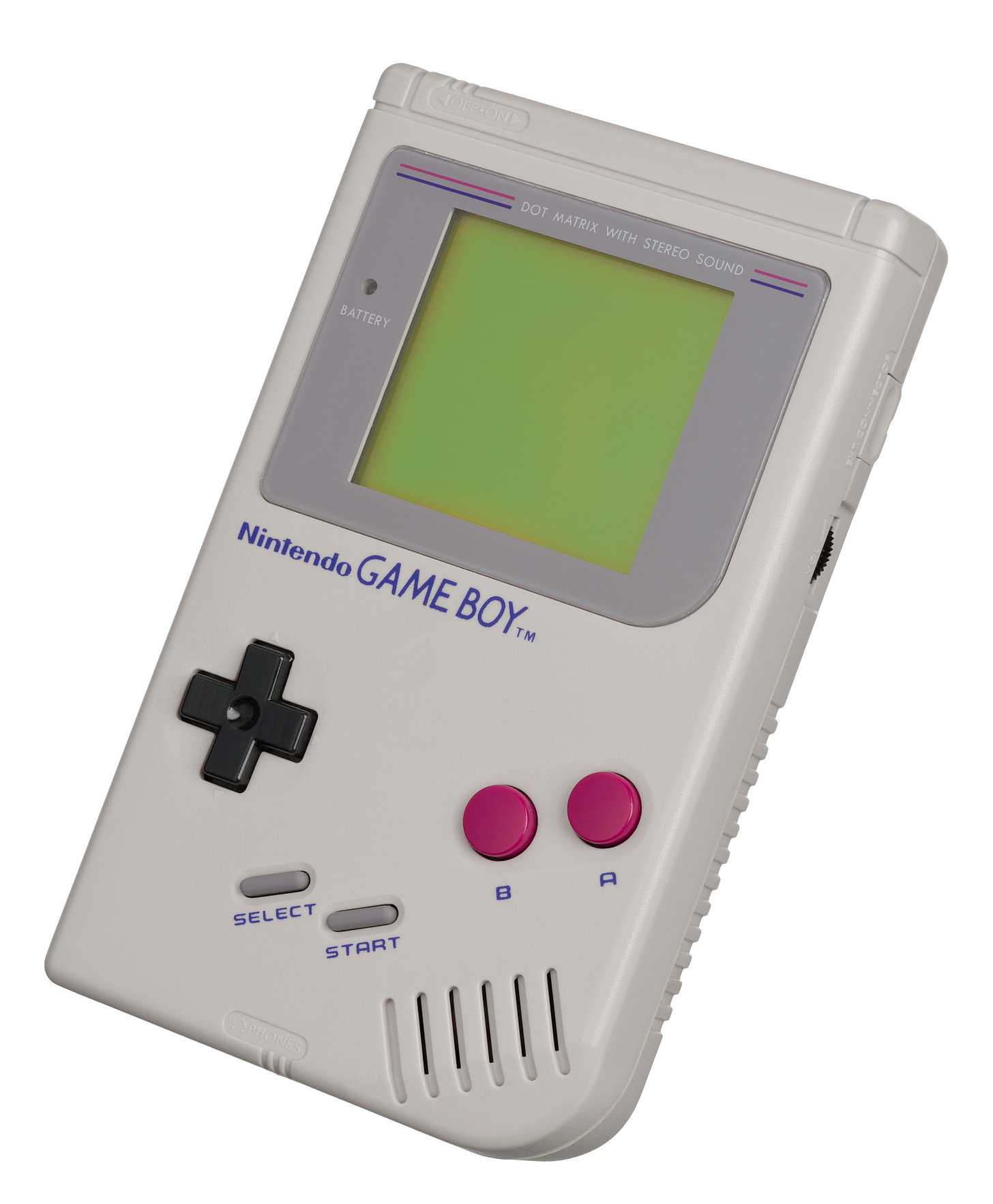
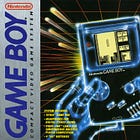
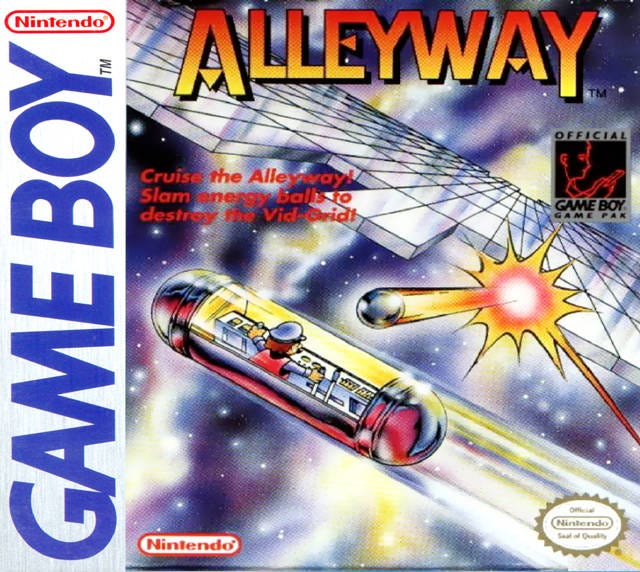
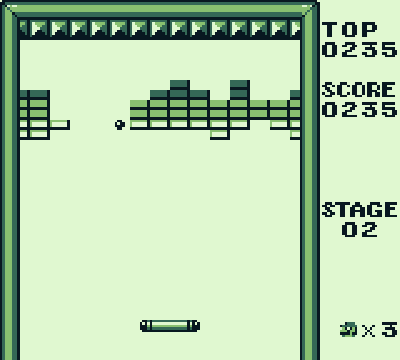
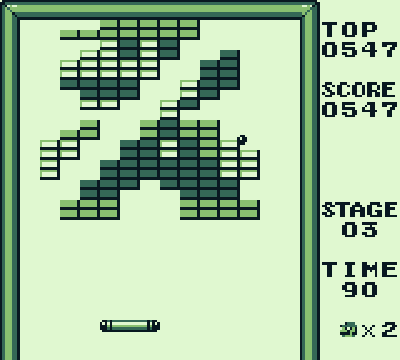
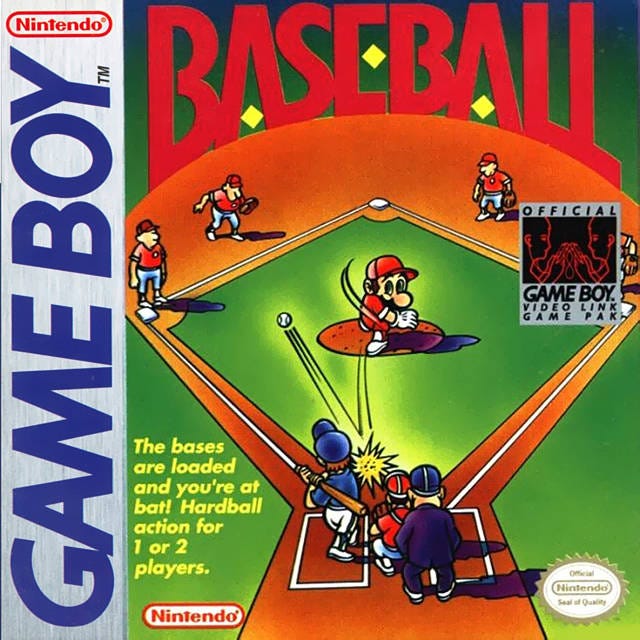

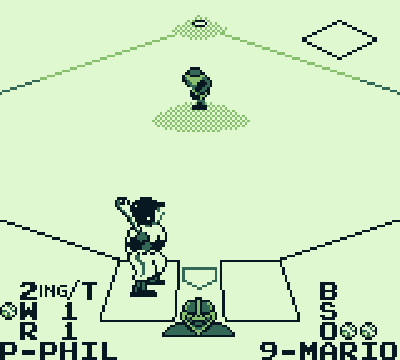
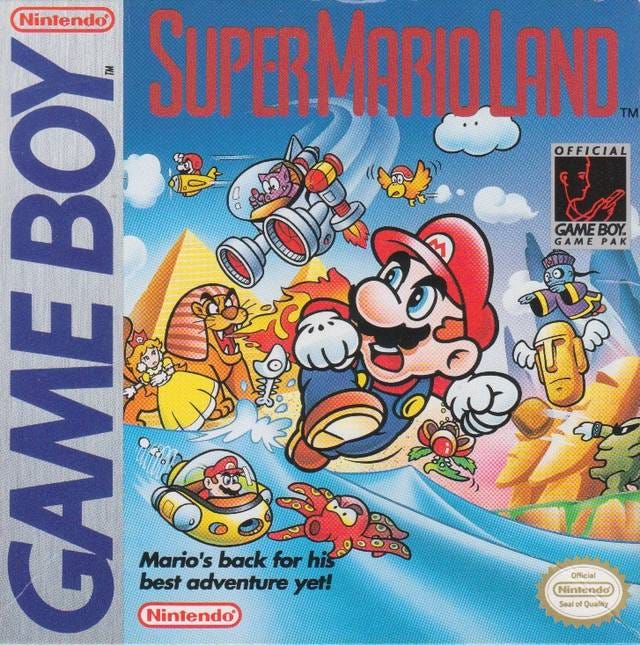
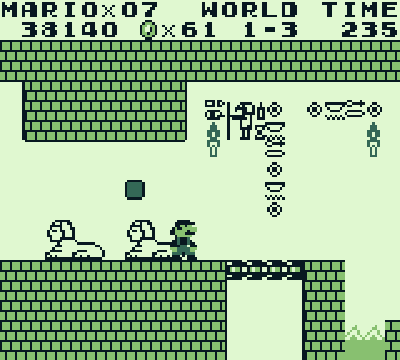
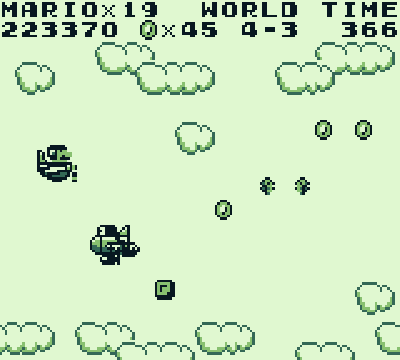
Enjoy these reviews.
I've never played GB Baseball, but a friend DID have Alleyway (and of course Super Mario Land), and we played them a lot. I can't remember now if Alleyway had passwords or how it otherwise tracked progression through the levels; surely it didn't have a battery save. But I have to agree that Alleyway got the job done, for what it was.
And is it just me or is the box art on Alleyway awesome? Surprised you didn't call it out. I have a genre of thoughts in my head on the theme of trying to remember what it's like to be a kid. And one of those thoughts is, "Being a kid means that Alleyway is more fun to play if you remember your paddle is actually a strangely-shaped spaceship piloted by Mario." But to a jaded adult, our first thought is, "Ugh, what an obvious cash grab, trying to shoehorn Mario into an utterly generic game that has nothing to do with him."
I didn't hear of a game called "Breakout" until about 20 years after playing Alleyway, so among my friends, this genre was known as "Alleyway-type games." Of which, the other one we were most familiar with was the minigame in Legend of the Mystical Ninja.
Right on! I own all 3 of these games today and an original Game Boy and Game Boy Color to play them on. Alleyway is the perfect Arkanoid clone for the Game Boy. If you need an Arkanoid/Breakout fix... this does the trick! I do find it relaxing, if I'm in that "breakout" type of mood.
Baseball is what it is and Super Mario Land was really good for the time it was released, but fairly shallow compared to the later released Super Mario Land 2: 6 Golden Coins. Obviously, Super Mario Land 2 was superior and played like a real Super Mario platform game.
I did love to play some Game Boy back in the day and now at 50 years of age, I still do man!